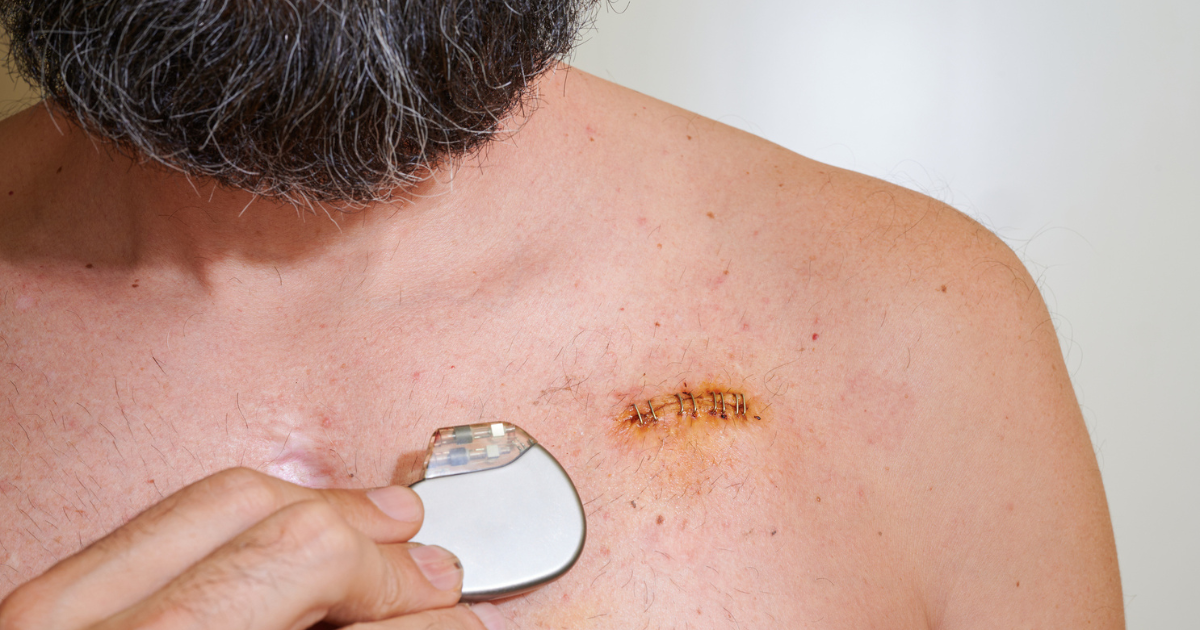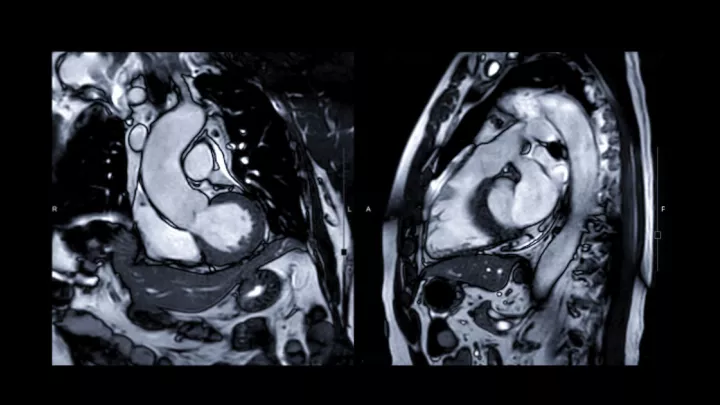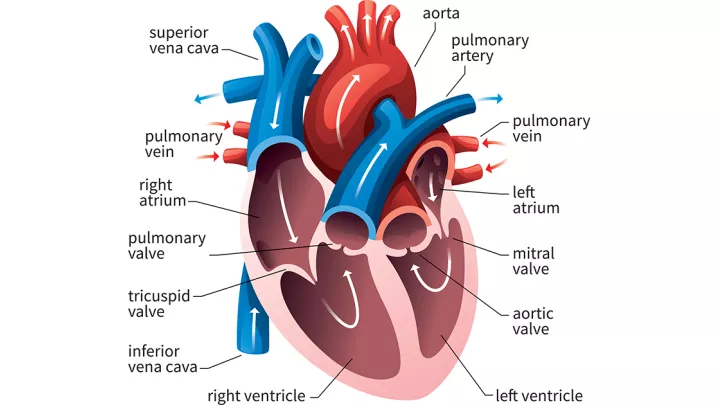What is cardiac contractility modulation, and how does it work?

Heart failure, which occurs when the heart cannot pump enough blood and oxygen to other organs, affects approximately 6.2 million adults in the U.S. Given its impact on quality of life and survival, heart failure is a severe condition that requires urgent attention. Thankfully, providers now have multiple methods to address and treat heart failure.
Cardiac contractility modulation
One of the newer ways providers treat those with heart failure is cardiac contractility modulation, or CCM. CCM is a device-based therapy to treat patients with symptomatic heart failure. “The goal of this device is to provide electrical impulses during a particular time of the cardiac cycle or heartbeat,” says advanced heart failure and transplant cardiologist Scott Lundgren, DO.
Cardiac contractility is a measure of the strength of your cardiac muscle. To properly pump enough blood throughout your body, your heart’s muscles must reach a certain level of force. Unfortunately, heart failure can negatively impact your heart’s cardiac contractility. While medications remain the first line to improve contractility, CCM provides an additional option for those who don’t adequately respond to medications.
Now, through CCM, there’s hope for those with heart failure who are struggling with cardiac contractility. “CCM doesn’t cause an extra heartbeat or change the heart rate. Rather, when it applies an electrical impulse, it stimulates improved contractility,” says Dr. Lundgren.
How CCM helps
One of the specific ways these electrical impulses assist contractility is by promoting an influx of calcium into the cardiac cells. “This increased calcium is helpful for augmenting contractility,” says Dr. Lundgren. “Essentially, CCM strengthens the heart squeeze, and in follow-up echocardiograms, patients have seen a 5% to 10% improvement in heart function.”
In addition to promoting calcium to assist contractility, CCM also relaxes the heart. "Over time, we've seen CCM helps improve both the heart's squeeze and its relaxation," says Dr. Lundgren. "This relaxation is one of the significant areas we're moving this technology into now.”
According to Dr. Lundgren, about 50% of patients with heart failure in the U.S. have a standard squeeze but poor relaxation. "So, we're hopeful we can expand CCM technology to help these patients in the future," he says.
CCM can also help a common occurrence for those experiencing heart failure – heart dilation. "For some heart failure patients, one of the first compensatory mechanisms your body will employ is to dilate your heart or make it bigger," says Dr. Lundgren.
This dilation, called remodeling, occurs to allow the left ventricle to hold more blood before each heartbeat. “For example, someone in heart failure may pump only 25% of its normal capacity,” says Dr. Lundgren. “So, your heart may dilate to hold more blood. Because if you eject 25% of 100 milliliters, it's better cardiac output than 25% of 50 milliliters.”
But with medications and CCM, your heart can engage in reverse remodeling. "Through this technology, we've seen some patients' heart size reverse remodel and get smaller because of improved contractility and heart function," says Dr. Lundgren.
Candidates for CCM
The Food and Drug Administration recommends CCM solely for symptomatic heart patients. "We use a New York Heart Association (NYHA) scoring system," says Dr. Lundgren. "Currently, only NYHA Class 3 patients qualify for CCM. This class of patients have heart failure, without symptoms at rest, but having symptoms when doing everyday activities.”
Such patients find completing everyday activities difficult. Examples of daily activities that, if you struggle to do, could be a sign of symptomatic heart failure are:
- Dizziness from exertion – such as trouble ascending a flight of stairs or stopping halfway down a hall to catch your breath.
- Shortness of breath – from physical exertion like walking to the mailbox.
- Fatigue – getting very tired or finding yourself unable to do as many daily activities as you previously could.
- Swelling – in your legs or belly.
- Chest congestion – or shortness of breath when lying down.
“In addition to meeting the NYHA Class 3 criteria, the FDA also has a specific ejection function (EF) range systolic heart failure patients must meet to qualify for CCM," says Dr. Lundgren. EF measures your heart's ability to pump blood out to your body; the higher this number, the healthier your heart is. Per the FDA, you must be symptomatic and have an EF between 25% and 45% to qualify for CCM.
Pre-CCM treatment
Before considering CCM, heart failure patients must first try medical therapy. You need to be on four different medicines to treat your heart failure before exploring CCM. As currently constructed, CCM guidelines state patients should be on four good medications, at proper doses, for at least three months.
These guidelines are in place to protect patients from undergoing surgery without attempting medication. "It might take a few months to get on the optimal regimen," says Dr. Lundgren. "And before considering surgery, we'd like to see patients on a good and stable regimen for these few months to say you're not tolerating them well.”
Taking Heart Failure Seriously
Although it sounds, and is, quite serious, Dr. Lundgren acknowledged some patients can struggle to grasp the severity of heart failure, especially if they're not symptomatic. "When your heart function decreases, but you don't yet have symptoms, it's still vital to take your condition seriously," says Dr. Lundgren.
So, the first step for anyone with heart failure, even if you're not yet experiencing symptoms, is to talk to your health care provider. If you are symptomatic and haven't responded to medications, you may be a candidate for CCM.
“Even though CCM is a relatively new technology, the implantation procedure is quite common and straightforward," says Dr. Lundgren. It's similar to the way providers put in pacemakers or defibrillators. "So, cardiac electrophysiologists are very comfortable doing this procedure, and it's relatively low-risk," says Dr. Lundgren.
“For heart failure patients, especially those with severe symptoms, this technology can be life-changing. If you're a patient who's tried everything else and is still feeling poorly, this is a worthwhile shot," says Dr. Lundgren.







